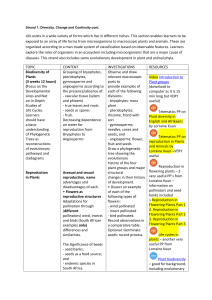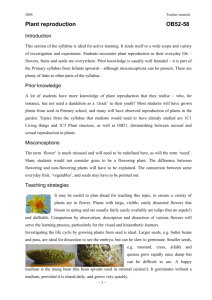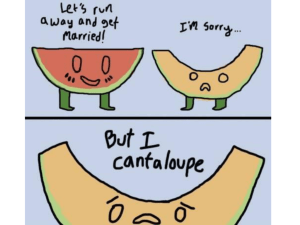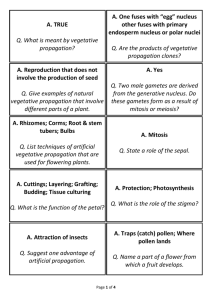12. Reproduction in Plants - Suresh Dod
advertisement
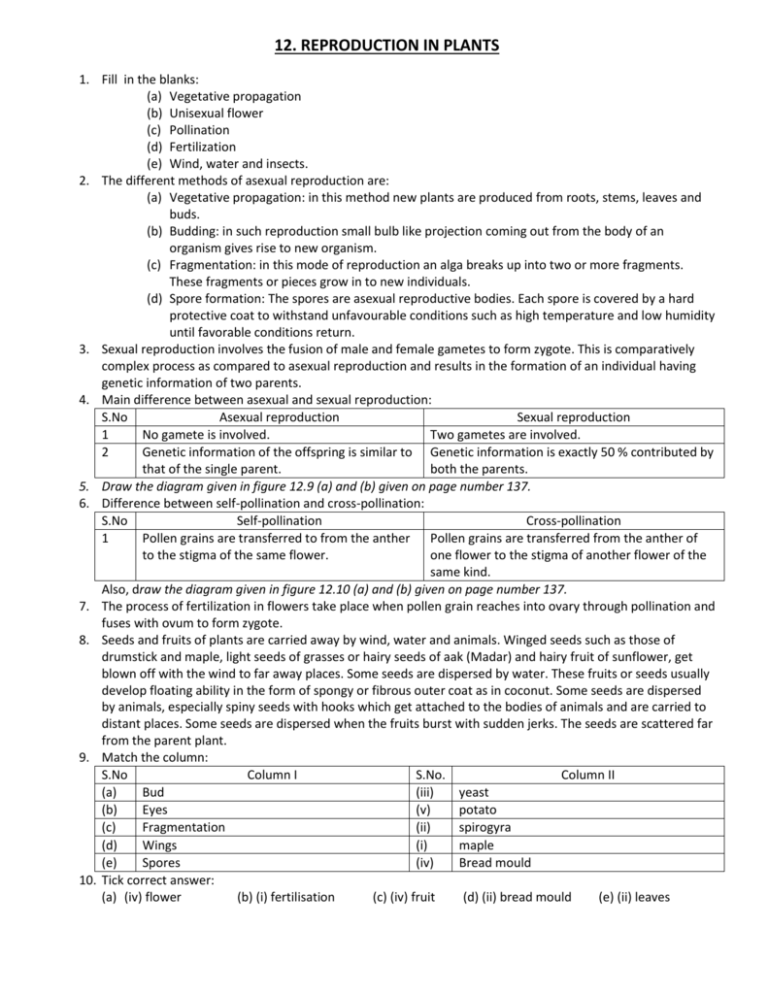
12. REPRODUCTION IN PLANTS 1. Fill in the blanks: (a) Vegetative propagation (b) Unisexual flower (c) Pollination (d) Fertilization (e) Wind, water and insects. 2. The different methods of asexual reproduction are: (a) Vegetative propagation: in this method new plants are produced from roots, stems, leaves and buds. (b) Budding: in such reproduction small bulb like projection coming out from the body of an organism gives rise to new organism. (c) Fragmentation: in this mode of reproduction an alga breaks up into two or more fragments. These fragments or pieces grow in to new individuals. (d) Spore formation: The spores are asexual reproductive bodies. Each spore is covered by a hard protective coat to withstand unfavourable conditions such as high temperature and low humidity until favorable conditions return. 3. Sexual reproduction involves the fusion of male and female gametes to form zygote. This is comparatively complex process as compared to asexual reproduction and results in the formation of an individual having genetic information of two parents. 4. Main difference between asexual and sexual reproduction: S.No Asexual reproduction Sexual reproduction 1 No gamete is involved. Two gametes are involved. 2 Genetic information of the offspring is similar to Genetic information is exactly 50 % contributed by that of the single parent. both the parents. 5. Draw the diagram given in figure 12.9 (a) and (b) given on page number 137. 6. Difference between self-pollination and cross-pollination: S.No Self-pollination Cross-pollination 1 Pollen grains are transferred to from the anther Pollen grains are transferred from the anther of to the stigma of the same flower. one flower to the stigma of another flower of the same kind. Also, draw the diagram given in figure 12.10 (a) and (b) given on page number 137. 7. The process of fertilization in flowers take place when pollen grain reaches into ovary through pollination and fuses with ovum to form zygote. 8. Seeds and fruits of plants are carried away by wind, water and animals. Winged seeds such as those of drumstick and maple, light seeds of grasses or hairy seeds of aak (Madar) and hairy fruit of sunflower, get blown off with the wind to far away places. Some seeds are dispersed by water. These fruits or seeds usually develop floating ability in the form of spongy or fibrous outer coat as in coconut. Some seeds are dispersed by animals, especially spiny seeds with hooks which get attached to the bodies of animals and are carried to distant places. Some seeds are dispersed when the fruits burst with sudden jerks. The seeds are scattered far from the parent plant. 9. Match the column: S.No Column I S.No. Column II (a) Bud (iii) yeast (b) Eyes (v) potato (c) Fragmentation (ii) spirogyra (d) Wings (i) maple (e) Spores (iv) Bread mould 10. Tick correct answer: (a) (iv) flower (b) (i) fertilisation (c) (iv) fruit (d) (ii) bread mould (e) (ii) leaves






